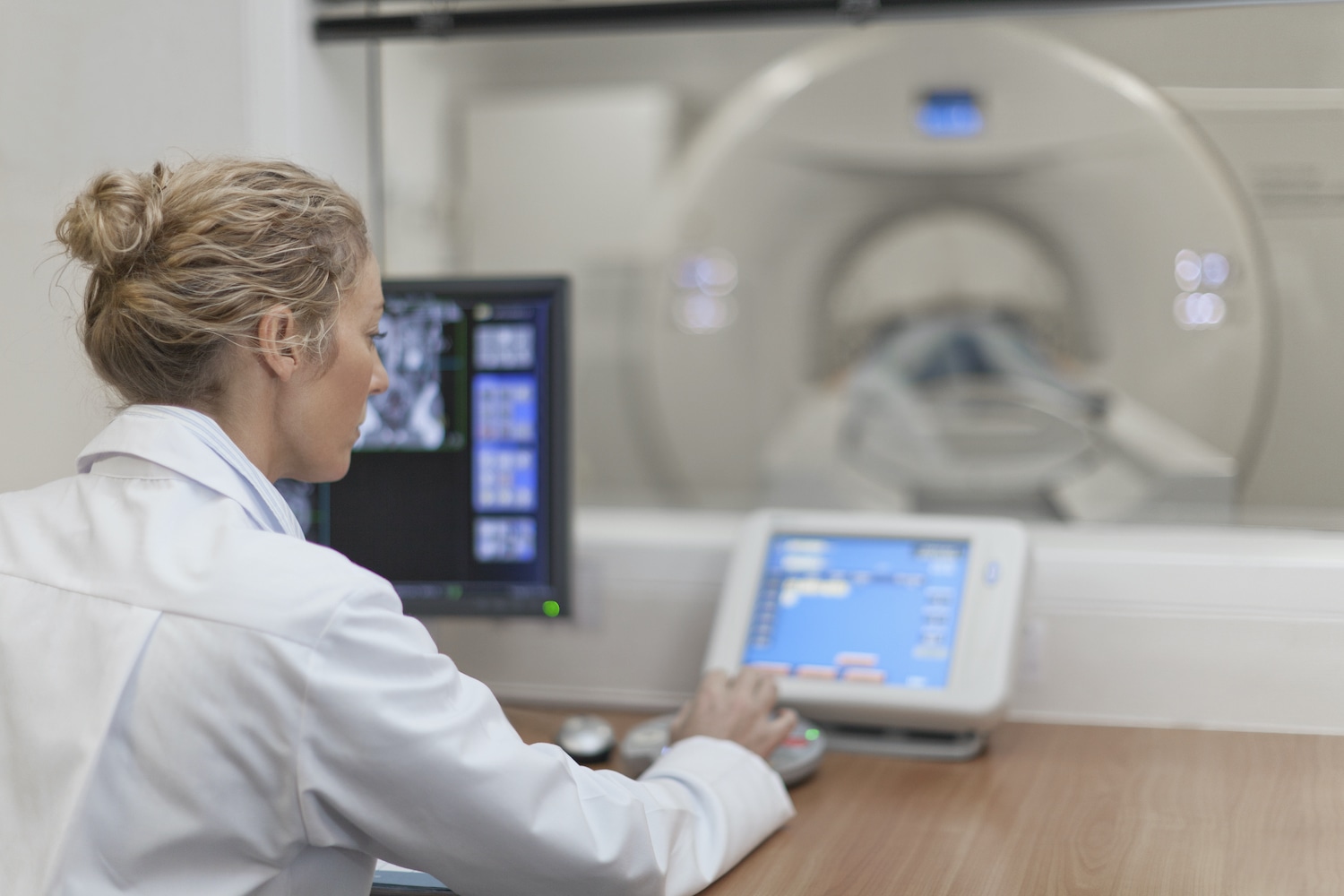Loss of muscle mass, called sarcopenia, is common in people with advanced cancer. Higher muscle mass has previously been associated with longer survival, but less is known about how muscle quality affects cancer outcomes. A study published in the March 2021 issue of the Journal of the National Comprehensive Cancer Network substantiates previous findings linking sarcopenia with decreased survival in advanced cancer patients. Further, the paper reports that loss of muscle quality is associated with not only decreased survival but higher symptom burden and health care use.
The researchers analyzed the muscles of 677 patients with advanced cancer who were unexpectedly admitted to Boston’s Massachusetts General Hospital (MGH). They used data from routine CT scans to evaluate muscle mass, or how much muscle there is overall. The CT scans also allowed the researchers to evaluate muscle quality, or the degree to which fat has infiltrated the muscles, via a measure called radiodensity. Higher radiodensity indicates less fat infiltration and higher muscle quality. The study participants also completed surveys about their physical and psychological symptoms. Nearly two-thirds of the patients had sarcopenia. Study participants with higher muscle quality on the CT scan had longer survival, fewer physical symptoms, decreased anxiety and depression, and lower health care use, including shorter hospital stays and fewer readmissions, compared to those with lower muscle radiodensity.
Cancer Today spoke with study co-author Ryan Nipp, a gastrointestinal oncologist and health services researcher at the MGH Cancer Center, about sarcopenia and the implications of the study’s findings for patient care.
CT: What is sarcopenia?
NIPP: Loss of muscle is the formal definition of sarcopenia. So in patients who are living with cancer, you start to see loss of muscle mass and physical muscle wasting. And that’s where we start to think about sarcopenia.
CT: How is sarcopenia typically identified in cancer patients?
NIPP: In clinical practice, there is no way that we have systematically been measuring or quantifying sarcopenia. Historically, it’s largely been based on a visual, like when you see patients and you can start to see loss of muscle, loss of weight and just changes to visual appearance. There was a growing research for using CT scans to identify sarcopenia, because while you’re doing CT scans, you’re getting cross-sectional images of a patient’s body, and so within that you’re getting their adipose tissue and their muscle mass. We chose CT scans in this study because it’s something that people are getting as part of their routine care.
CT: What do researchers believe causes or contributes to sarcopenia in advanced cancer patients?
NIPP: There are a lot of things that could possibly contribute. One is just decreased intake of nutrients and food as people feel nauseated or they just get more easily full. Another is as cancer is more progressive, there is potential for inflammation and all of the other things that patients are going through, whether that is due to the chemotherapy or to the cancer. Your body’s either breaking down muscle or not contributing to muscle development due to its needing those nutrients and that energy for other purposes as the cancer is progressing or just related to the body having to metabolize and handle the chemotherapy.
CT: What does muscle radiodensity tell you about the muscle?
NIPP: We think that muscle radiodensity is giving you an idea of the quality of the muscle, meaning, when you look at muscle on a CT scan, how dense is that muscle tissue or how much fatty tissue may have infiltrated into the muscle and could impact the actual quality of muscle function.
CT: Why could it be important to look at muscle quality as well as quantity?
NIPP: It seemed like in this study, that muscle quality correlated with a lot of other important outcomes beyond just survival, like symptoms and use of health care services. For us, it was a signal that perhaps there’s something going on with muscle quality that does add additional information beyond just simply looking at mass.
CT: How can identifying muscular deficits guide care for cancer patients?
NIPP: That’s where additional work is going to be needed. Maybe there’s nutrition interventions or exercise interventions that we could be testing in the future. That’s actually what we’re really excited about: If you can intervene upon someone who’s having issues related to muscle health, can you see changes in their muscle health, but more importantly, changes in their symptom burden and survival outcomes?
CT: Have you identified any types of physical activity that are particularly suited to a population of people who are sick?
NIPP: Largely, it’s what people are able to do. So what people are motivated to do, what people like to do, but to keep moving, to try to have some consistent activity each day, even if that’s simply walking for five to 10 minutes each day, just staying consistent with a program to stay active and keep muscle health up as long as possible. The more the better, but any amount of exercise is better than nothing.
This interview has been edited and condensed for clarity.
Cancer Today magazine is free to cancer patients, survivors and caregivers who live in the U.S. Subscribe here to receive four issues per year.





